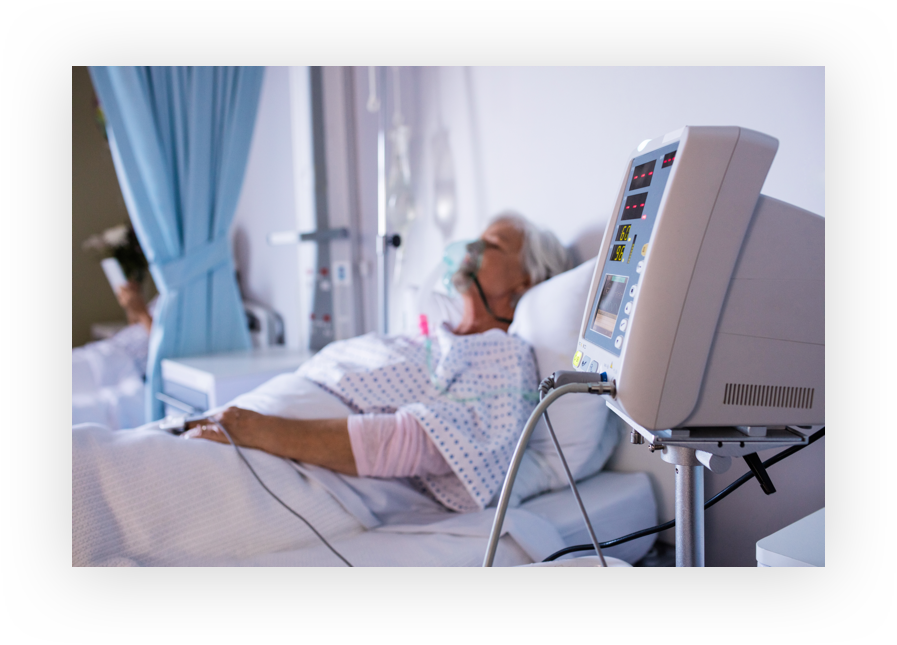Our patented technology can capture heart and respiration rates with absolutely no user contact.




old technology
New technology
Patented technology allows for touchless vital sign monitoring
Comparable data accuracy to current methods of vital sign monitoring
Can be integrated into beds, adhesive patches or any other type of smart clothing/wearable
"This novel technology has the capability of picking up multiple physiological parameters at once (heart rate, tidal volume, and breathing characteristics). The application of machine learning to this rich measurement of physiological parameters will permit a new level of assessment that could prove to be a very useful tool and enable a new degree of continuous monitoring."
David Ritscher
Senior Consultant, Cambridge Consultants
| DistaSense® | Piezo | Pressure | Radar | Camera | Pulse-Ox | |
|---|---|---|---|---|---|---|
| Non-Contact | ||||||
| Highly Accurate Respiration Rate | ||||||
| Highly Accurate Heart Rate | ||||||
| Co-Sleepers ok | ||||||
| Wearable Compatible |

Breath is Life
A broad 2016 controlled study concluded – “that an increased respiratory rate was an important predictor for clinical deterioration…in patients with heterogeneous medical conditions.” 1
Approximately 70% of in‐hospital cardiac arrest patients have some change in vital signs 6–8 hours prior to arrest with abnormalities of respiration being the most commonly documented change. 2,3
1. Importance of respiratory rate for the prediction of clinical deterioration after emergency department discharge: a single‐center, case–control study; Katsunori Mochizuki, Ryosuke Shintani, Kotaro Mori, Takahisa Sato, Osamu Sakaguchi, Kanako Takeshige, Kenichi Nitta, and Hiroshi Imamura: Published 2016 Nov 10 2. Schein RM, Hazday N, Pena M, Ruben BH, Sprung CL. Clinical antecedents to in‐hospital cardiopulmonary arrest. Chest 1990; 98: 1388–92. 3. Franklin C, Mathew J. Developing strategies to prevent inhospital cardiac arrest: analyzing responses of physicians and nurses in the hours before the event. Crit. Care Med. 1994; 22: 244–7.